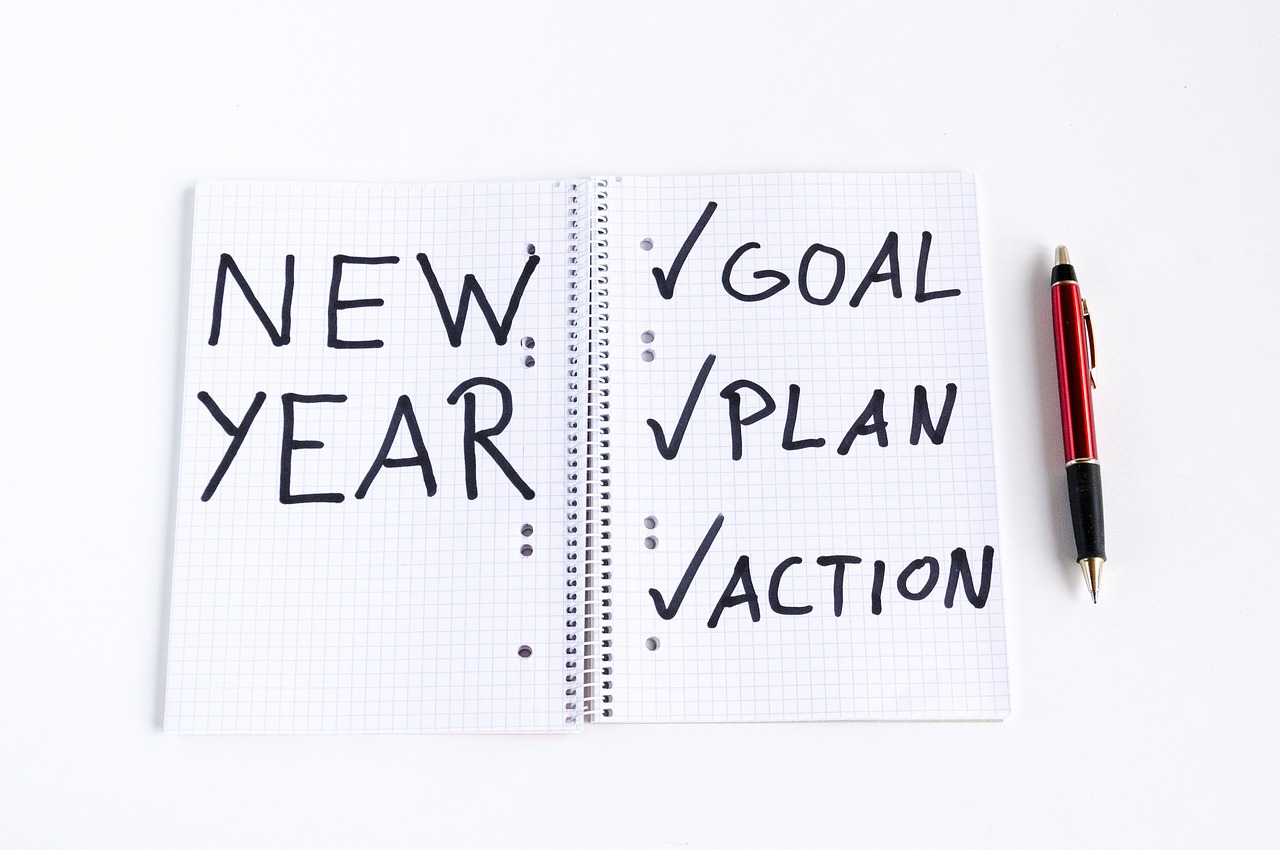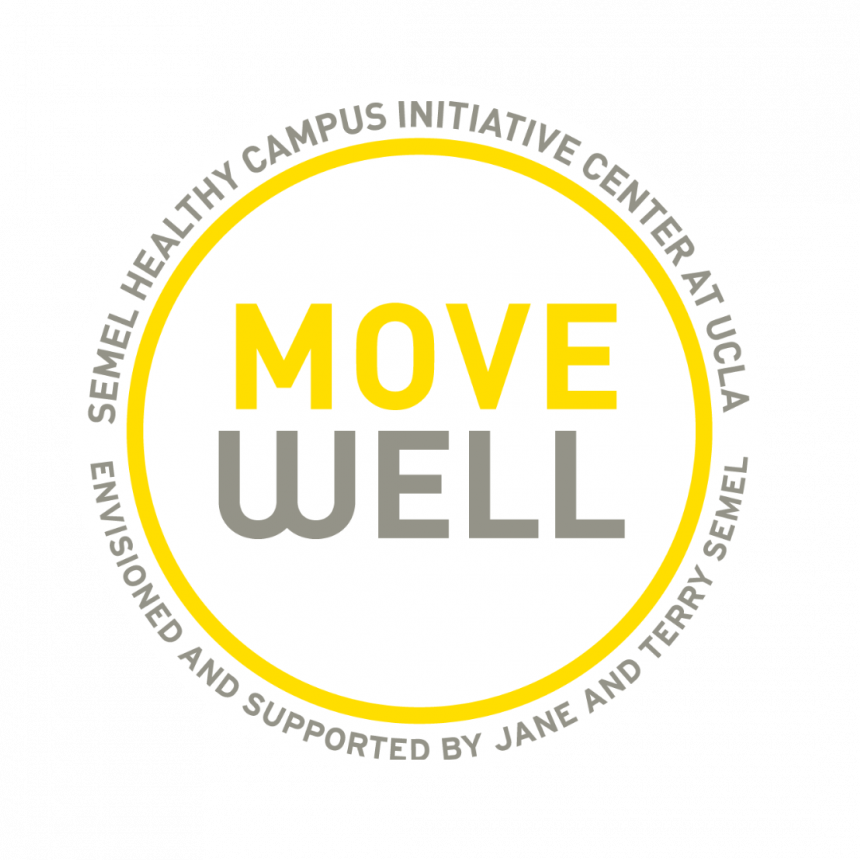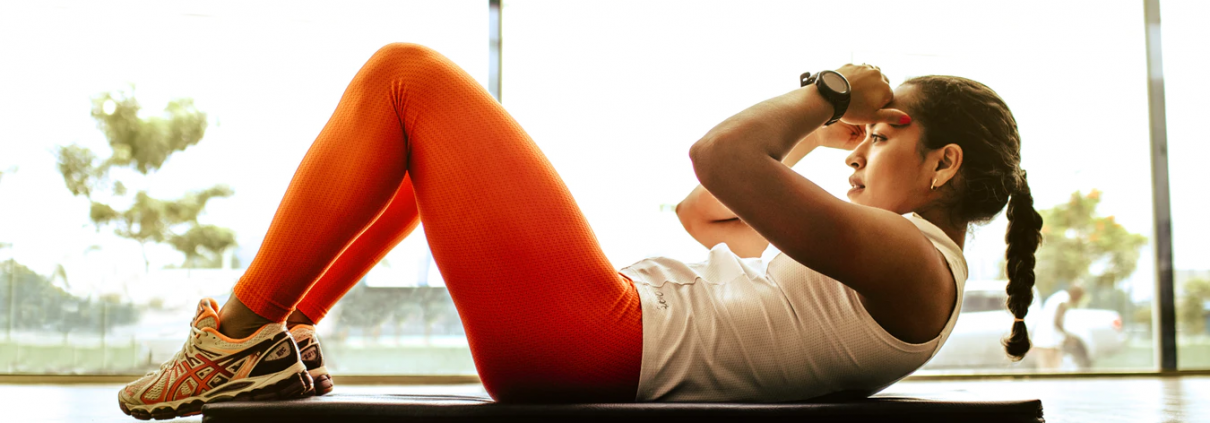New Year’s Resolutions: Do they work?
With the start of the new year, talk about New Year’s Resolutions has stirred up once again. Whether it’s purchasing a gym membership, running a marathon for the first time, or finally trying out a group exercise class you’ve been eyeing — goals related to “fitness” tend to be very popular. At the same time, it is widely joked that resolutions are usually abandoned relatively early in the new year. Here are some reasons why resolutions fail, as well as some tips on how you can crush your goals in 2020.
Why New Year’s Resolutions fail:
1. You’re not having fun.
For some, an effective workout is associated with whatever is the most energetically expensive, or whatever burns the most calories. However, this view of movement is beside the point. Numerous studies have shown that meditative movement, such as yoga and Tai Chi, produce many of the same physical and psychological benefits associated with more dynamic forms of exercise. In some cases, meditative movement has even produced better outcomes in treating anxiety and depression than other forms of exercise. My point: if you don’t enjoy your choice of movement, then you’re probably not going to stick to it in the long-run.
2. You’re setting unrealistic goals.
If making time for at least one workout a week is already a struggle, chances are the new year won’t suddenly inspire a commitment to a full week of workouts. By setting overly ambitious goals, you also set yourself up to feel guilty and disillusioned the day you break your streak.
3. You don’t have a plan.
If you do not have a plan to support your goal, it becomes very difficult to stay on track to reach that goal. Add the anxiety that can come with navigating a new environment, such as the gym, and achieving a new year’s goal becomes a daunting task.
4. You’re basing your progress on aesthetic goals.
As you pursue your new year’s goals, keep in mind that changes to one’s physique usually happen much slower than one would hope. Furthermore, slight fluctuations in weight and/or one’s physical appearance are considered normal. These fluctuations can be the result of a number of factors, such as changes to one’s diet, fluid intake, and hormone circulation. It is for this reason that one should not rely on physical appearance to serve as their primary motivator to be more physically active — it’s unpredictable.

How you can meet your goals:
1. Find something you’re excited about.
Think about it — why do most people look forward to the weekend? It normally means a short break from school, work, or other responsibilities that occupy one’s weekdays. Instead of having your workout add to your daily to-do list, have it serve the purpose of providing you with a much-needed break from your day’s work. Not only does movement have the potential to improve cardiovascular health, strengthen bones, as well as increase balance and coordination; but also, studies show that physically active individuals report higher quality sleep, a greater reduction in depressive symptoms, and lower burn-out rates than their physically inactive counterparts.
2. Set short-term goals.
Don’t fall into the trap of false-hope syndrome. If your new year’s resolution is to complete 10 unassisted pull-ups, but at the moment you can only complete 1 unassisted pull-up, then you’re going to have to build up to your goal. Set conservative, short-term goals, keeping your long-term goal in mind.
3. Create a plan.
If your goal is to begin weight training, think about how you would like to fit your workouts into your week. By doing so, you ensure you’re always prepared with a workout, instead of having to come up with one on-the-fly. Read up on different training splits, test them out, and pick your favorite or whatever works best with your lifestyle.
4. Focus on performance-based progress.
While the scale does tell you whether or not your weight has changed, the number displayed says nothing about changes in muscle mass or body fat percentage. In one study, participants who made the transition towards a more physically active lifestyle marked their success by a shift in mindset, from one that was weight-focused, towards one motivated by the health benefits associated with physical activity. Shifting one’s focus from physical appearance towards health and performance produces longevity, as opposed to short-term motivation. Set performance-based goals, such as shaving down your 5K run time, or adding weight to your compound lifts. Here is a list of free apps you can use to track your progress.
5. Be adaptable.
Understand that change is not a linear process, and creating habits takes time. Be mentally prepared for both the good days and the bad days. Push when you can, and rest when you need. As long as you are consistent, you’ll be setting new goals a year from now.
Interested in checking your New Year’s progress? UCLA Recreation is hosting free fitness assessments on February 19, 2020 at the Sunset Plaza Dorms from 11 AM – 1 PM. Fitness assessments are conducted by UCLA Recreation’s certified personal trainers and consist of muscular endurance and cardiovascular evaluations, as well as movement screenings and flexibility tests. The event is open to all UCLA students, staff and faculty, but space is limited, so be sure to reserve your spot through the UCLA Rec website!
Nicole Dominguez is an undergraduate student at UCLA studying Psychobiology. In addition to blogging for the MoveWell pod, Nicole is getting certified as a personal trainer through UCLA Recreation’s Fitness Leadership Program. In her free time, Nicole enjoys lifting weights, watching YouTube, and spending time with family and friends.



